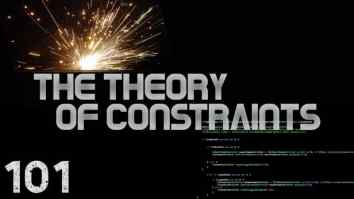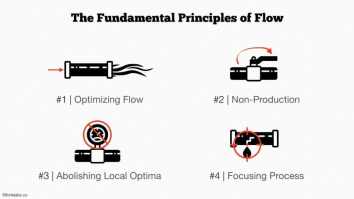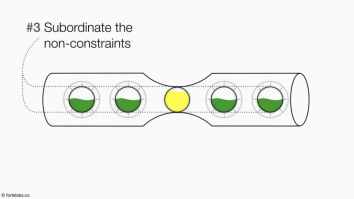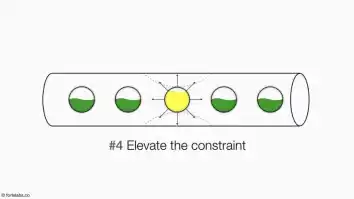
Theory of Constraints 101: Table of Contents
A SERIES OF 5-MINUTE POSTS ON APPLYING PRINCIPLES OF FLOW TO KNOWLEDGE WORK
Below you can find all the posts published so far, and a quick 3-point summary of each.
101: INTRODUCTION TO THE SERIES
The basic premise of the Theory of Constraints as outlined in The Goal by Eliyahu Goldratt; the definition of a bottleneck











